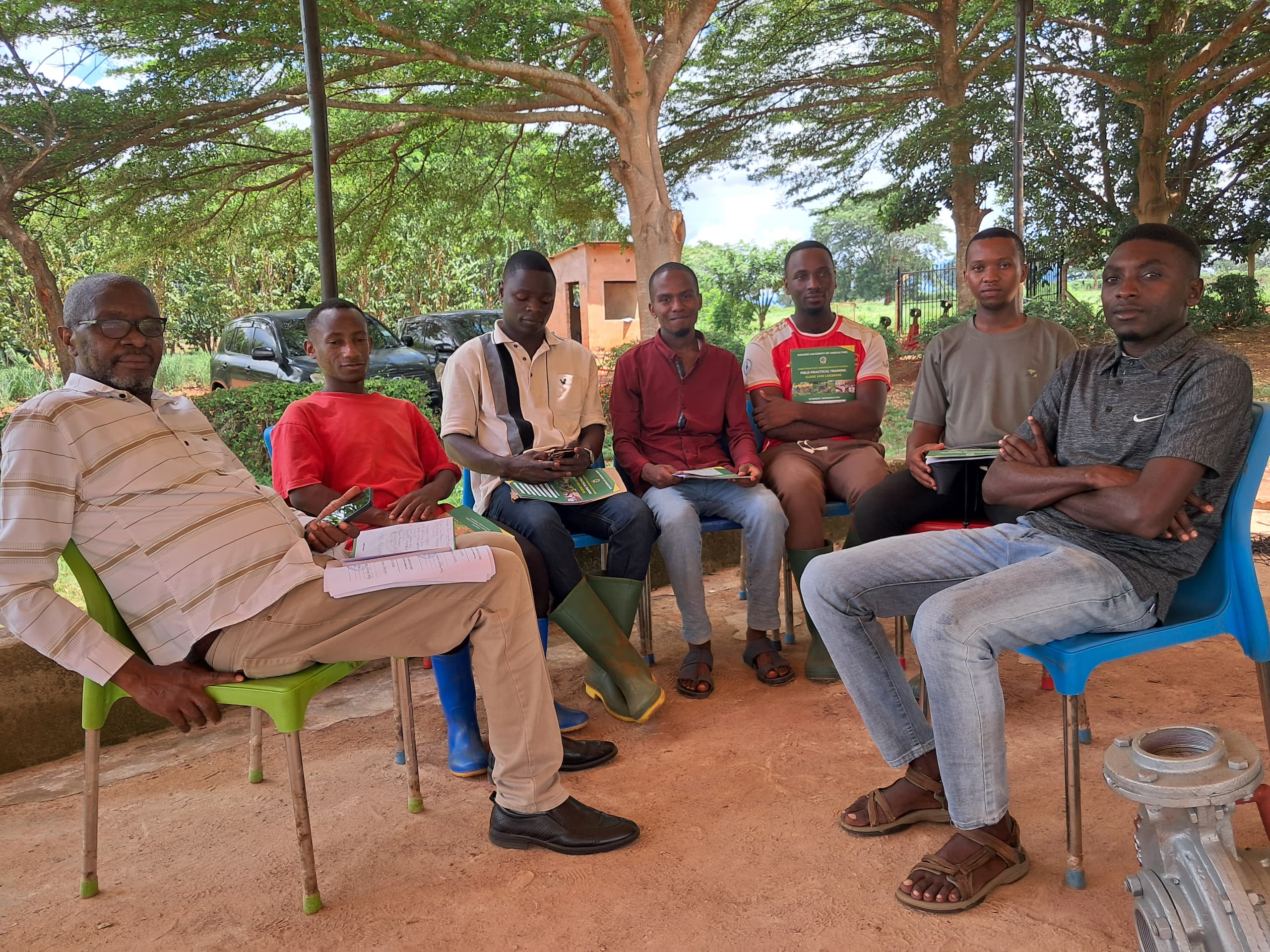Community organization is crucial for effective resource governance.
Within the framework of community-based approaches, and using a
case study, we demonstrate the use of a
hybrid institution to organize resource
governance in Mfuto village in Momba
district, Tanzania. We use hierarchical
and co-governance modes of interactive
governance theory to guide our analysis.
Our observation suggests that the capacity
building of the institution and linking it
to the wider stakeholders are important
steps for attaining the anticipated outcomes. Then, we present and
highlight four salient steps of an inverted pyramid model (IPM) that
derives from the resource governance process.



